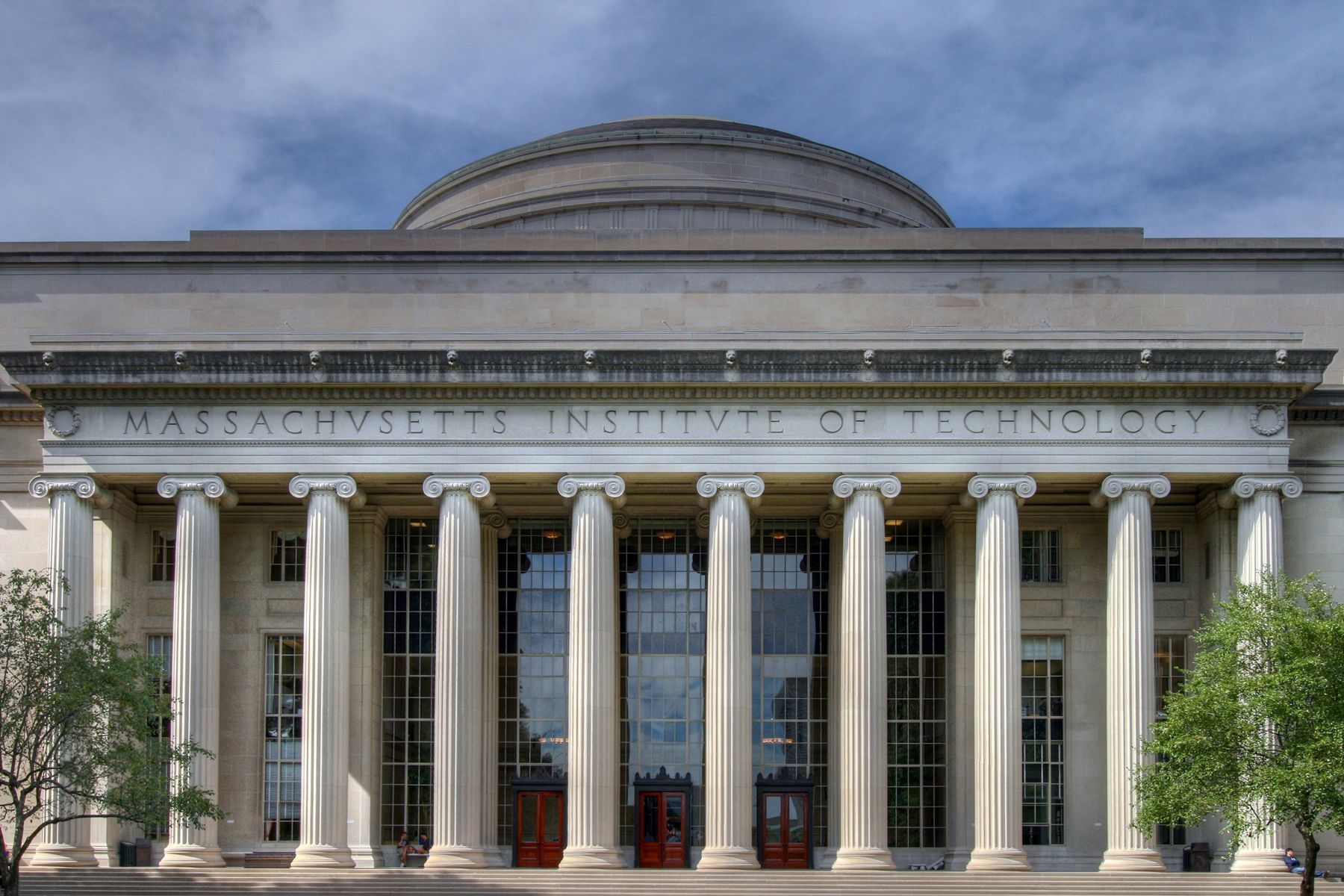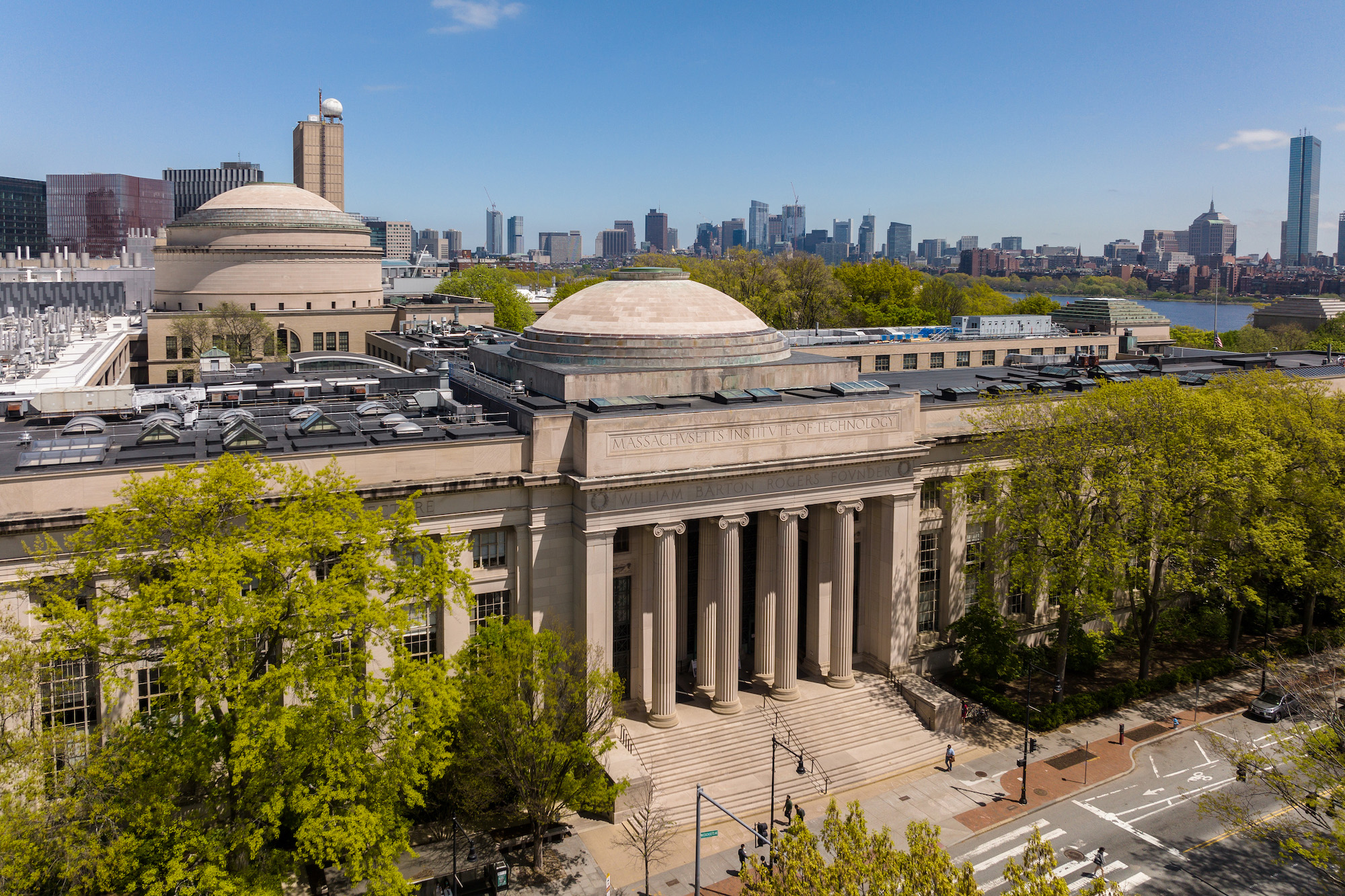The MIT Media Laboratory, often just called the Media Lab, is actually a pretty unique spot for research. It's a place where different study areas, ones that seem quite separate, actually get mixed and matched in really unusual ways. This approach, you know, encourages a kind of thinking that breaks free from traditional boundaries.
It’s not every day you find a place that actively pushes for the unconventional, but the Media Lab does just that. They believe that true innovation often happens when ideas from seemingly unrelated fields bump into each other. This way of working, it creates a very fertile ground for new discoveries and fresh perspectives, which is pretty cool.
So, if you've ever wondered where some of the world's most groundbreaking ideas in technology and human interaction come from, chances are the Media Lab has had a hand in it. It's a place that consistently looks to the future, shaping how we live and interact with the world around us, you know, constantly moving things forward.
Table of Contents
- A History of Shaping the Future
- A Creative Sandbox for Innovation
- Current Focus Areas: Designing for Humanity
- Learning and Growth at the Media Lab
- Connecting with the Media Lab Community
- Frequently Asked Questions About the MIT Media Lab
- Looking Ahead with the Media Lab
A History of Shaping the Future
The story of the MIT Media Lab, it actually goes back a bit, you know, to its beginnings in 1985. Before it was the Media Lab, its home was the Architecture Machine Group, which was part of MIT's School of Architecture + Planning. A fellow named Negroponte was actually in charge of that group, and his vision, it certainly helped lay the groundwork for what was to come.
For four decades now, this place has been, well, a truly lively and creative spot. It's a sort of sandbox where folks from many different fields come together. It's really solid in its academic roots, and innovation, it just flourishes there because so many people work together, actually, dozens of people contributing their ideas.
From way back when they first thought about what personal computers could be, all the way to their current focus on things like AI that's fair and good, making things last for the planet, and making sure everyone feels included, the Media Lab has, quite consistently, helped shape what's next for all of us. They've always had an eye on the horizon, you know, pushing the boundaries of what's possible.
A Creative Sandbox for Innovation
It's not just a fancy name; the idea of a "creative sandbox" really describes the Media Lab's spirit. This isn't your typical research setting where everyone stays in their own lane. Oh no, it's more like a playground for very smart people, where ideas are tossed around freely, and collaboration is the name of the game, you know.
They truly encourage the mixing and matching of seemingly disparate research areas. So, you might have someone working on new materials talking to someone else who's focused on artificial intelligence, or a group studying human emotions collaborating with engineers building robots. This cross-pollination, it's actually what makes the magic happen there.
This approach, it means that solutions to complex problems often come from unexpected places. It's about seeing connections where others might not, and then building something entirely new from those insights. It’s a pretty inspiring way to work, honestly, and it shows in the kind of projects they produce.
Current Focus Areas: Designing for Humanity
Now, as it's well into its fourth decade, the Media Lab is really putting its energy into finding solutions for some pretty big, never-before-seen challenges. These are the tech, social, and world-wide issues, and they're looking at them from a whole system perspective, you know, designing things with people right at the center. It’s about more than just building cool gadgets; it’s about making a positive impact on the world.
Affective Computing: Understanding Emotions in AI
One fascinating area you'll find at the Media Lab is the Affective Computing group. What they do is, they actually come up with and check out fresh ways to blend emotion AI with other technologies that deal with feelings, you know, to really make things better. It’s about teaching computers to recognize, interpret, and even respond to human emotions, which is a pretty big step for technology.
This work, it could lead to all sorts of interesting applications. Think about AI that can sense when you're stressed and offer a calming exercise, or educational software that adapts to a student's frustration levels. It's about creating technology that's more aware of us, and in a way, more human-friendly. This is a very important field, as technology becomes more integrated into our daily lives.
Advancing Humans with AI (AHA)
And then there's the Advancing Humans with AI, or AHA, initiative from the MIT Media Lab. They're pretty excited about their very first big meeting, which is all about talking through what's, arguably, one of the most important topics right now. It's about how AI can genuinely help people, not just replace them, you know.
This initiative focuses on the idea that AI should serve humanity, making our lives richer and more productive. They look at how AI can extend our capabilities, help us make better decisions, and even improve our well-being. It’s a forward-thinking approach that puts people at the heart of AI development, which is pretty vital for the future.
Collaborating on AI and Emotional Engagement
To really look into this, we, meaning researchers from the MIT Media Lab and OpenAI, actually did a bunch of studies. We wanted to figure out how AI gets used when it involves feelings, what we actually call emotional engagement, and how that works. This kind of collaboration, it's pretty typical for the Media Lab, bringing together different minds to tackle big questions.
Understanding how AI interacts with human emotion is a complex puzzle. These studies help shed light on how we can build AI systems that are not just smart, but also sensitive and appropriate in their interactions. It’s about creating a more thoughtful and considerate AI, which is a big deal for everyone, really.
Learning and Growth at the Media Lab
The Media Lab isn't just a research hub; it's also a place where learning truly flourishes. For those looking to deepen their knowledge, the MAS program, for instance, has about 30 different courses for graduate students, and a few subjects for those just starting out in college, too. These courses are designed to push boundaries and encourage creative thinking, very much in line with the lab's ethos.
A part of what they do, it's actually about adding to the basic ideas and science, like making machine learning algorithms work even better. This foundational research, it's crucial for future breakthroughs. Then, other projects are really about moving things forward, you know, advancing what's possible in applied technology, which means they're always pushing the envelope.
So, whether you're interested in the theoretical underpinnings of AI or the practical applications of new technologies, there's a good chance you'll find something that sparks your interest here. It's a place where both fundamental discovery and practical innovation happen side-by-side, which is pretty unique.
Connecting with the Media Lab Community
The Media Lab isn't just a building; it's a vibrant community, full of thinkers, creators, and innovators. You can also connect with the really lively E14, Media Lab, and MIT startup communities, which helps create chances for new businesses to grow, that's for sure. This network is a fantastic resource for anyone interested in the intersection of technology, art, and science.
Staying engaged with this community means you're often at the forefront of new ideas and entrepreneurial opportunities. Whether it's through events, online forums, or simply following their work, there are many ways to keep up with what's happening. And it's pretty easy to stay involved with the lively Media Lab community, you know, through various ways, like their public events or publications.
This connection can be incredibly valuable, offering insights into future trends and potential collaborations. It's about being part of a conversation that's shaping tomorrow, which is a pretty exciting prospect for many people, I think.
Frequently Asked Questions About the MIT Media Lab
People often have questions about such an innovative place. Here are a few common ones:
What kind of research does the MIT Media Lab do?
The MIT Media Lab does a very wide range of research, actually. It's all about interdisciplinary work, so they mix areas that seem quite different. For example, they look into things like ethical AI, making technology sustainable, and ensuring everyone feels included. They also have groups focusing on how emotions interact with AI and advancing human capabilities through technology. It’s a pretty broad spectrum, you know, always pushing the boundaries.
When was the MIT Media Lab founded?
The MIT Media Lab first opened its doors in 1985. It actually grew out of MIT's Architecture Machine Group. So, it's been around for quite a while now, more than four decades, constantly evolving and shaping the future of technology and human interaction, which is a pretty impressive run.
How does the Media Lab approach AI research?
The Media Lab's approach to AI research is very much human-centric. They're not just building smarter machines; they're designing for human benefit and tackling big societal challenges. For instance, they have initiatives like Advancing Humans with AI (AHA) and groups like Affective Computing, which explores how AI can understand and interact with human emotions. They even work with other organizations, like OpenAI, to study things like emotional engagement with AI. It's about creating AI that truly serves people, you know, in a thoughtful way.
Looking Ahead with the Media Lab
The MIT Media Laboratory, it truly remains a beacon of innovation and interdisciplinary thought. Its history shows a consistent drive to shape the future, from the early days of personal computing to today's focus on ethical AI and sustainability. The work happening there, you know, is always pushing the envelope, asking big questions, and seeking answers that benefit all of us.
They are committed to tackling some of the biggest challenges facing our world right now, from technological puzzles to social and global issues. By designing solutions at the systems level and always keeping humanity at the core, they’re helping to build a future that's more inclusive, sustainable, and, well, just better for everyone. It's a pretty inspiring mission, if you think about it.
If you're curious to learn more about their groundbreaking projects and how they're shaping tomorrow, you can certainly visit their official website for more details. For instance, you might want to explore their current research initiatives, or perhaps see how you can connect with their dynamic community. You can also learn more about cutting-edge research on our site, and check out this page for innovative technological advancements. It's a place where big ideas don't just stay ideas; they actually come to life, helping to pave the way for what's next.
Related Resources:



Detail Author:
- Name : Zelma Harber
- Username : oreilly.estrella
- Email : obeahan@hermann.org
- Birthdate : 1982-05-18
- Address : 8698 Al Streets Suite 217 Port Auroretown, OH 87351-3213
- Phone : +12065107303
- Company : Konopelski-Schultz
- Job : Construction Driller
- Bio : Voluptate eaque tenetur tempora aut reprehenderit vel quis. Laudantium rerum quod molestiae nostrum et. Dolorem libero eius minima alias assumenda quia consequuntur. Corporis cum labore labore.
Socials
instagram:
- url : https://instagram.com/karliehansen
- username : karliehansen
- bio : Id incidunt voluptate illum porro. Officiis deserunt enim qui qui est velit. Eum non hic ipsa quo.
- followers : 818
- following : 1222
twitter:
- url : https://twitter.com/hansen2005
- username : hansen2005
- bio : Nihil vel fugit suscipit. Nihil quibusdam sed facere officia dicta consequatur ut. Eligendi dolorem deserunt debitis magni nisi.
- followers : 1313
- following : 1973